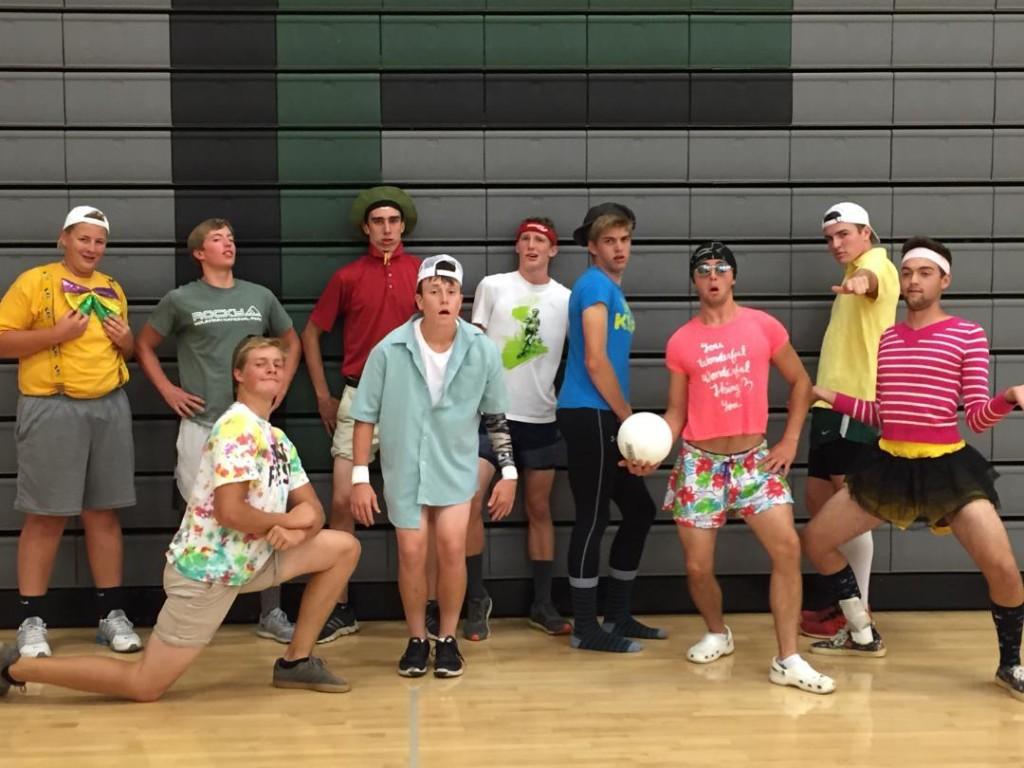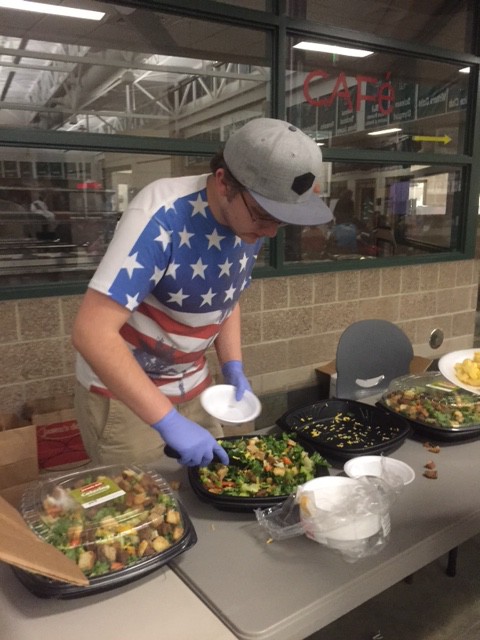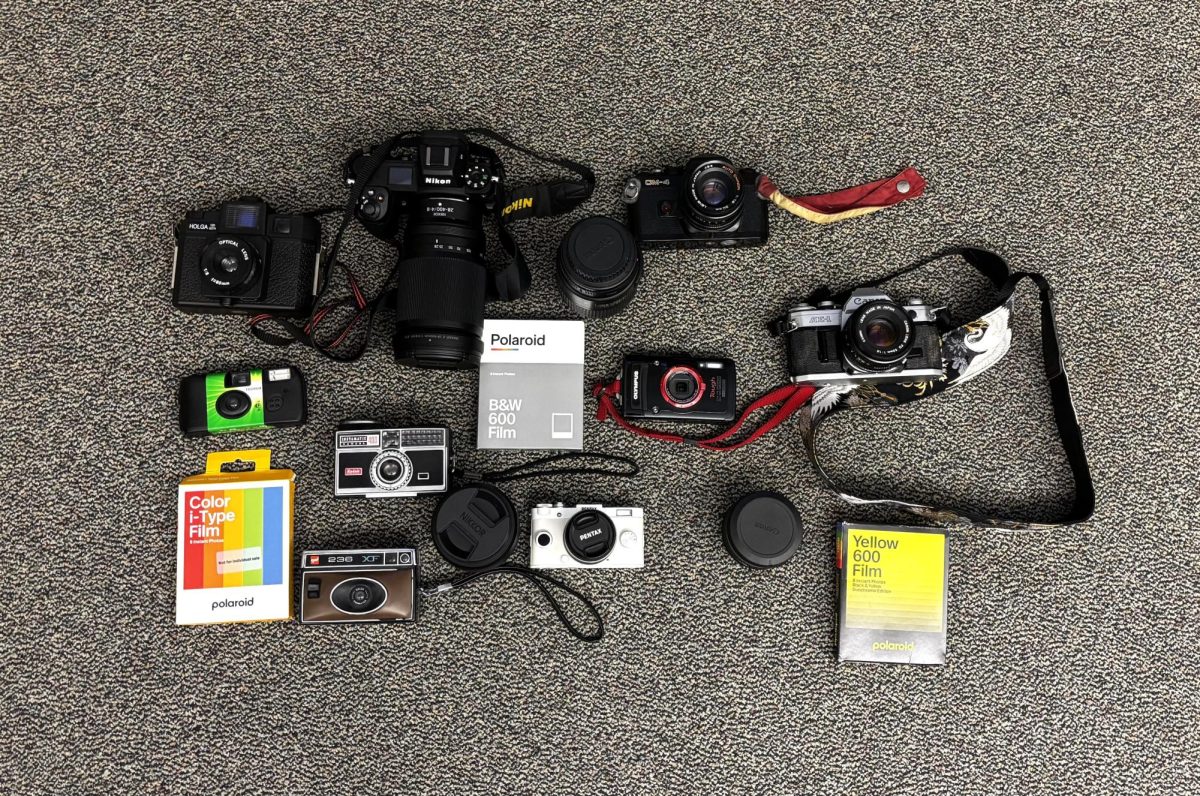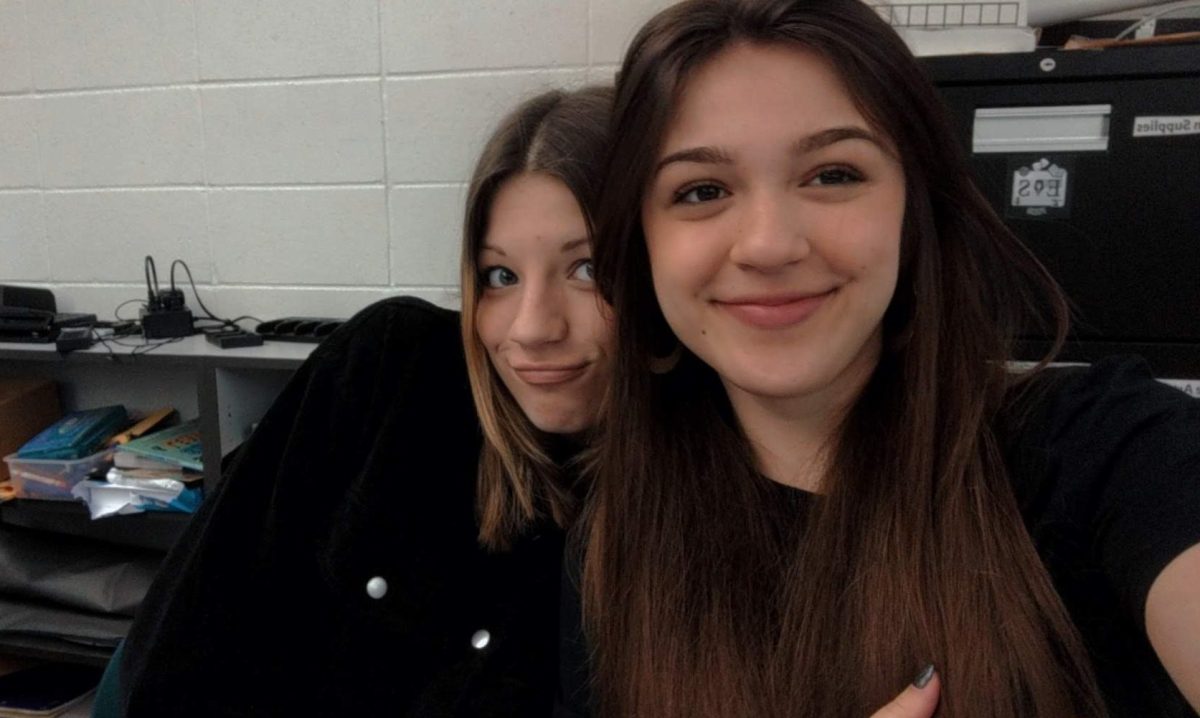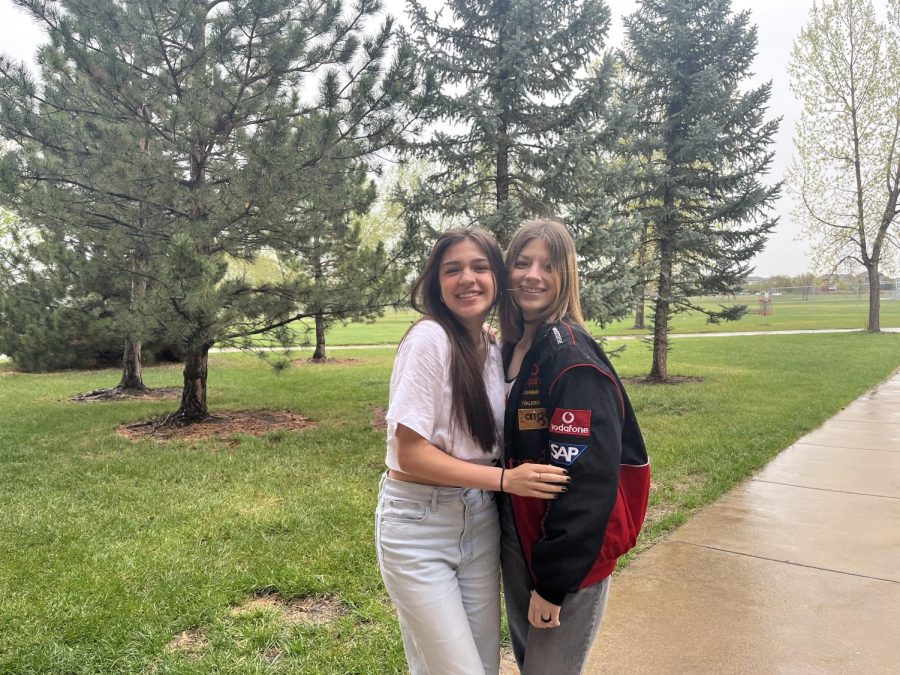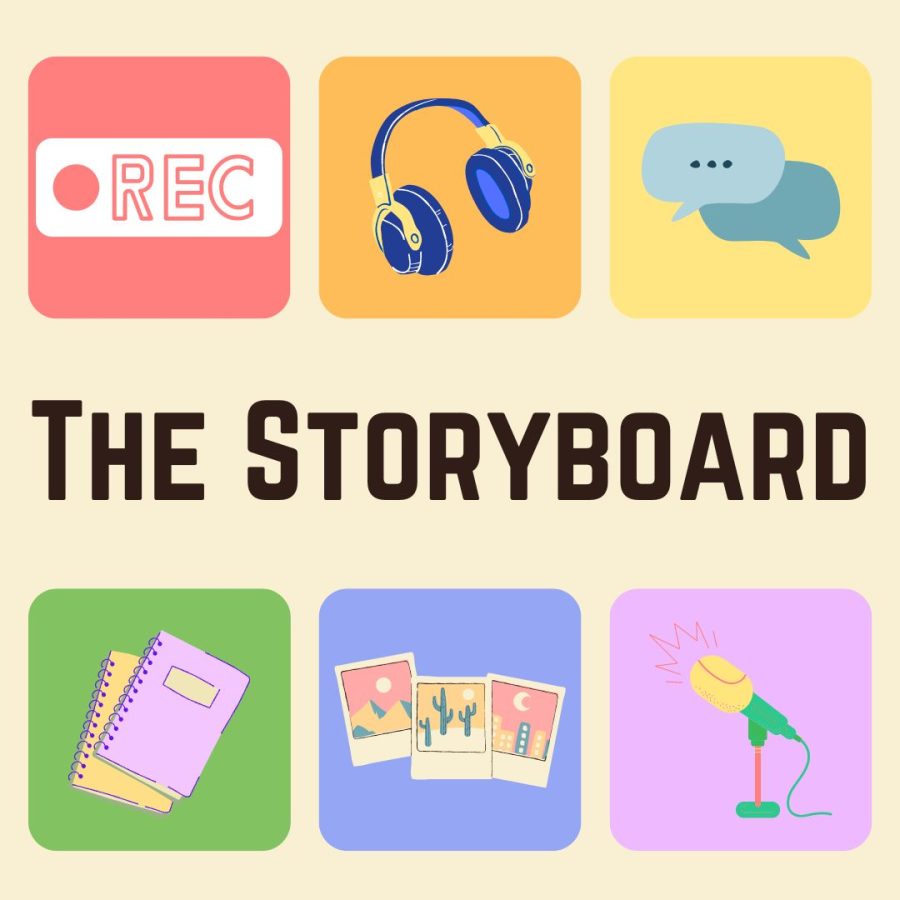|
Andres Jimenez Co Editor-in-Chief Dear Readers, The single most important thing that I learned about leadership is that upward transitions are one of the most basic structural elements in creating a functional workplace and staff to manage and grow it. Forward momentum in the form of breakthroughs, progressive ideals, and improved systems is the reason a product is successful. Inversely, the lack there of can be destructive. Story continues below advertisement Over the course of three years, Etched in Stone has experienced a series of, in my eyes, dramatic transitions that have helped shape and create a valuable product. In my first year of being on the Etched in Stone staff, we shifted from being an all-print to web-based publication, adopting etchedinstone.org. As I mentioned in my first editor’s note, my job was to develop and maintain this website. During my second year, we began a recorded, studio style news broadcast, which was distributed to our school to watch and therefore critique. Both of these transitions were based around one thing, and that is that the constantly new technology available to us opens up hundreds of opportunities to embrace progressive, 21st century journalism, (as society has taken to calling it.) Moving from a staff of nearly 20 to a current staff of 12, it has been apparent to me that these changes are necessary in carrying the momentum of the class, especially when the number of students in the class directly affects the specificity of the content. As the membership of the staff decreases, so does the variety of various interests and specialized knowledge that comes with each student. Every writer has something to contribute to the publication, and each of them are usually different from each other. Because of this, a larger staff means more specialties and therefore more diverse content. This year is a transition year for Etched in Stone. Moving forward, as Editor-in-Chief, I strive to make this year valuable for the future of the Etched in Stone program. I am working with my partner and Co-Editor Olivia Jones not only to set up a system that is functional and holds the interest of the staff members, but also creates a structure for next year’s staff so that they do not have to start over and undergo the transition again.
|
Olivia JonesCo Editor-in-Chief Dear Readers, I’ve learned that if I want to improve at something, I have to figure out what it is that I’ve done wrong in the past, determine a process to fix the problem, and find a better solution to use in the future. The process to prepare Etched in Stone for the next few years will be no different.I’ve been a part of the staff for three years, and took Journalism I as a freshman. The program has changed quite a bit since then. What was once a print only publication morphed into a website, which gained a broadcast. The newspaper was transformed into a magazine and then back into a newspaper. I understand that it was a smart decision to start to walk away from traditional print and focus more energy on multimedia. This process has been messy and complex, such is any transition. This year, Etched in Stone is in what I believe is its biggest transition year yet.
Two years ago Etched in Stone’s online publication won first place in state at J-Day, then last year won third at state place and was a Pacemaker finalist at the national convention. This year we didn’t place at J-Day and haven’t submitted the site to the national convention yet. It shows that we had a spike of change in the positive direction but remained there. Some wall is preventing us from moving farther, and I don’t think it is a barricade that we can surpass this year. However, if we set up the staff for next year in the best way we can, then maybe they can break through and continue to better the program. Once we made the jump to online, there wasn’t much growth after that. Now we are crashing into those walls and with much more force than we would have two years ago if we had decided to grow the program then. As far as the broadcast goes, that element has existed in so many formats I’ve lost count. Each new element has brought about various styles, and boy can it vary. We’re starting to learn that we will need to seek out guests, they won’t typically come to us, and the same can be said with musical acts. Until we try something new and perhaps stumble across a method that works, this will be what we stick with. Ideally, in a few years, the program will be completely different, but in a good way. The broadcast will be improved, and the staffers will have specialized in something that they are passionate and care about. The staff was larger last year, so the designated roles had a bit more meaning to them and there was a clearer chain of command. With a measly staff of 13 this year, when nearly half the staff is in a titled role, they all seem to blur together since everyone needs to know a little bit of everything. We are finding a balance of lead roles and staff. The more advice and assistance we can give to the younger staffers the more knowledge they’ll have next year. Transitions are necessary, especially this year with the ever present hurdles looming over us. My fellow seniors and I need to continue to support the program as much as we can while we’re here. The more we can do this, the better we can prepare our younger staffers for overcoming more obstacles throughout the next few years.
|



